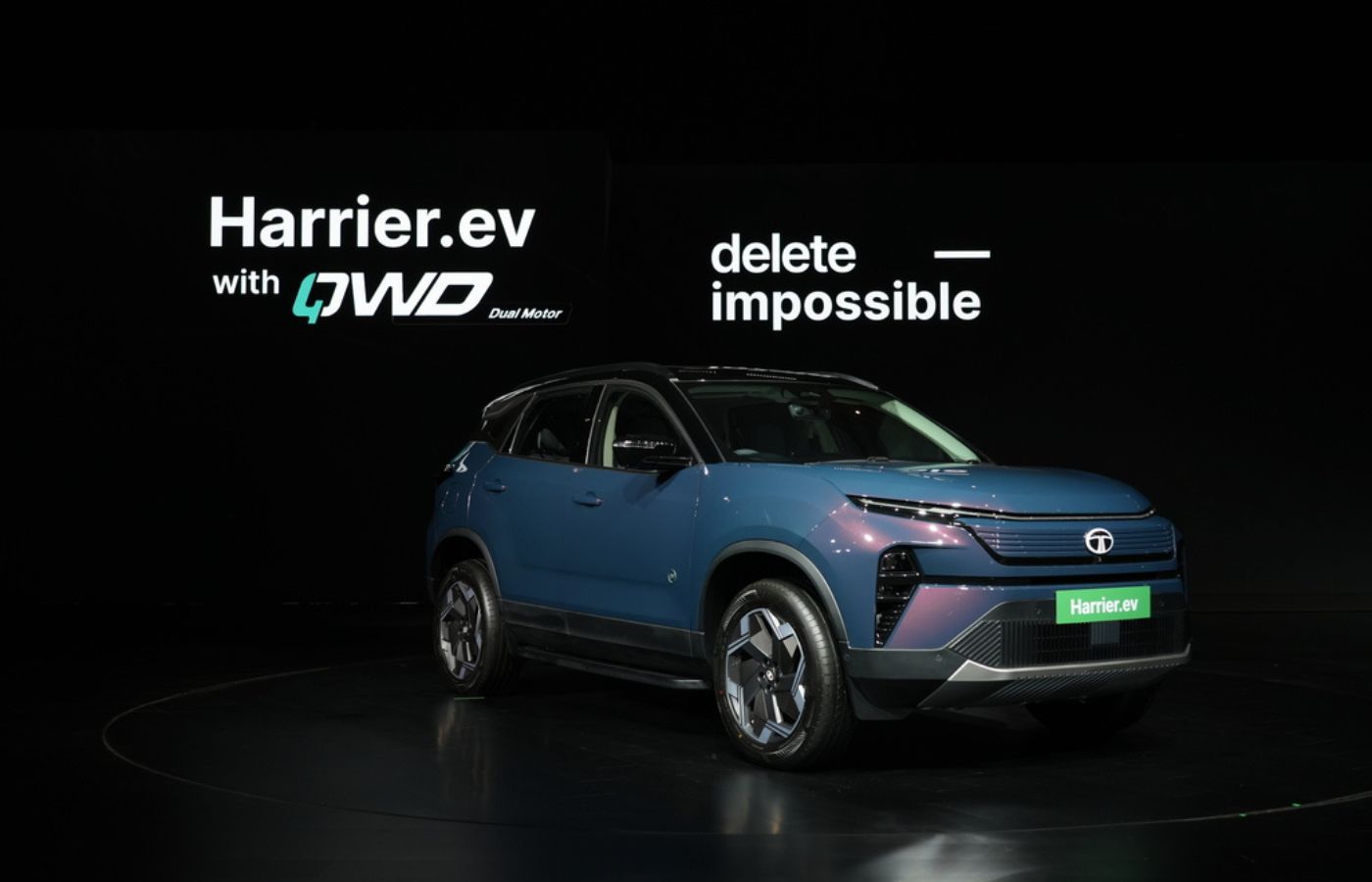How Innovations in EV technology are leading a revolution within the Automotive Industry.
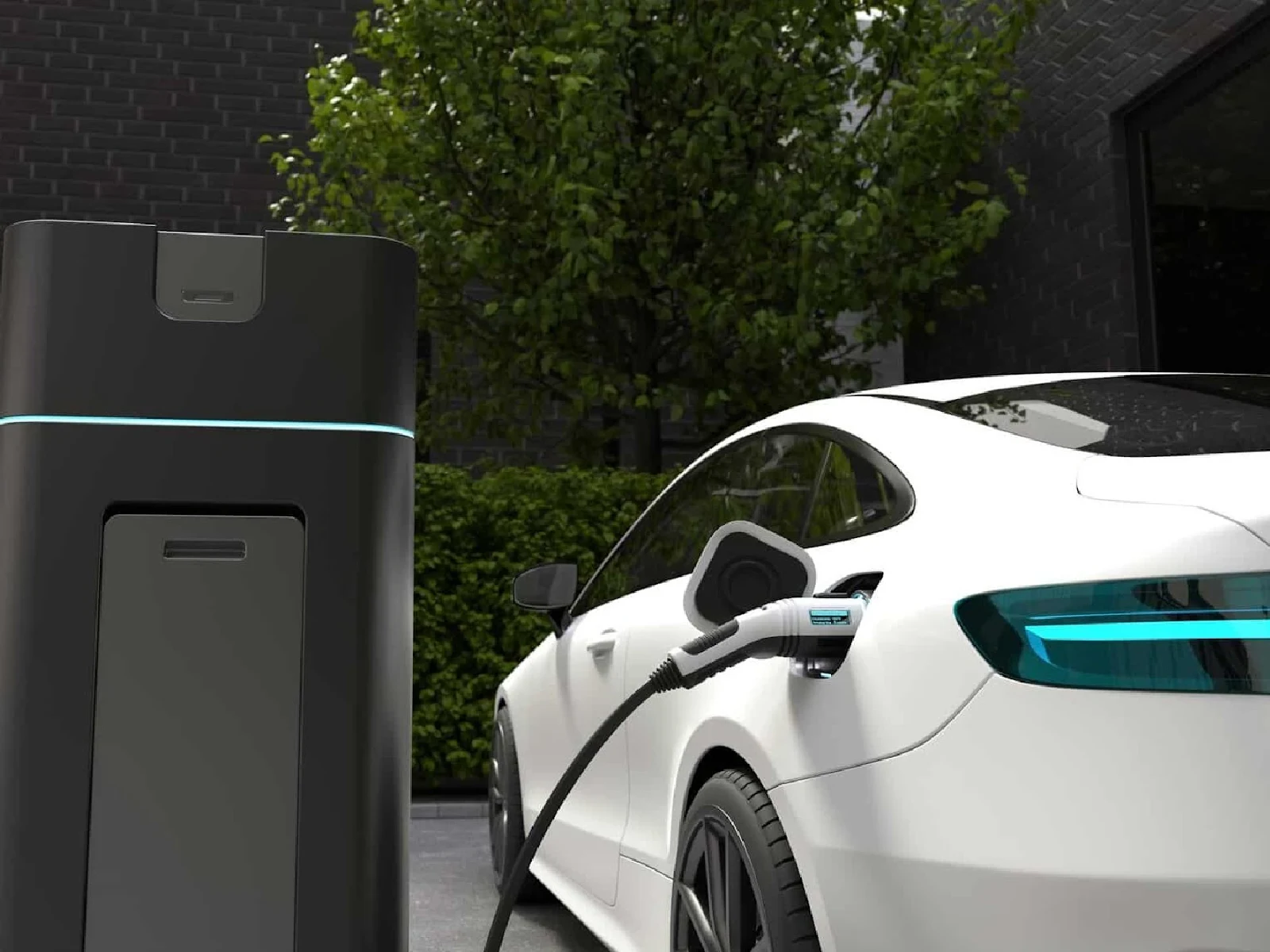
Electric Vehicles are reshaping the face of mobility in the world and are slowly evolving in the Indian Market and creating a revolution in the Automotive sector, as electric vehicles sales in India have seen a massive rise of 42%. The world of electric vehicles has more interesting innovations to come which will further develop the industry.
Let’s explore the impact of EVs on the Automotive industry and the rise of electric vehicles to make you understand why EVs are trending, sustainable and can be your future mode of transportation.
Why EVs: Transition from Internal Combustion Engines (ICE) to Electric Vehicles
ICE vehicles were leading from the front and powering vehicles worldwide, however increasing concerns for climate change and carbon emissions created a major shift in the automotive industry to electric vehicles.
In this increasing pollution emissions, EVs are the need of the hour as they offer several advantages and benefits over normal ICE cars. They produce zero tailpipe emissions, making them sustainable and eco-friendly for the environment.
- EVs are also more reliable as they have fewer moving parts, leading to lower maintenance costs for consumers.
Innovations and Research & Development in the electric industry has accelerated the use of EVs and more consumers are getting inclined towards electric cars. Let’s pay attention to the innovations that have developed this mobility.
- Improved Battery Storage
- Improved Charging Infrastructure
- Fast Charger Installation in Tier 1 & Tier 2 cities
- Advancements by Big Industry players like Tesla & GM.
- Big Investments in the EV Industry for more growth.
The Impact of EVs on the Automotive Industry
Innovating the Landscape of Vehicle Design and Manufacturing.
- Traditional cars depend on petrol, diesel and other mechanical parts, whereas EVs run on electric motors, so to create future EVs, Auto manufacturers are developing new platforms and working on creating aerodynamic designs and using lightweight materials to increase range and energy efficiency.
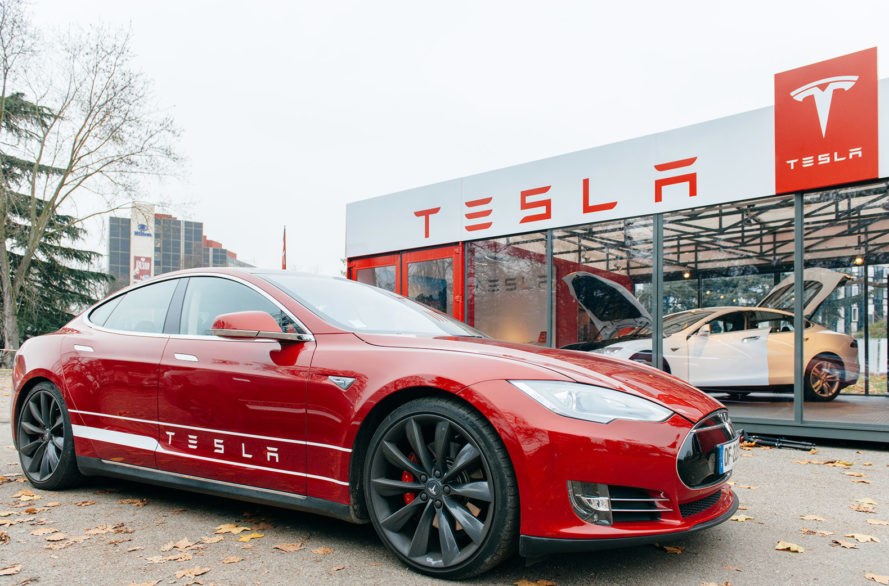
- The manufacturing of electric vehicles is quite different, as to build electric cars, the industry is working on developing sophisticated electronics and software because few parts are needed in an EV as compared to an ICE vehicle.
- Now the Industry is manufacturing cars by prioritizing these new technologies to develop, construct and function electric cars.
Disintegration in Automobile Job and Skills
- There are new opportunities created in the field of Automotive industry by the growth of EV industry as they need people specializing in the skills of electric powertrains, battery tech, and vehicle electronics, they have even reduced the job to handle ICE cars.
- Auto Companies are looking for professionals skilled in the area of EVs as the industry has to meet the growing demand for EVs.
Growth of Autonomous and Connected Cars
- Electric cars are equipped with cutting edge technologies like Artificial Intelligence, Radar based ADAS, Autonomous Driving and Vehicle-to-Vehicle (V2V) communication technology. This awesome combination of electric cars and connected tech is revolutionarizing the industry.
- There is a significant development of sensors, cameras and updated driver displays that will play an important role in the next-generation cars, making them the prime mobility of the future.
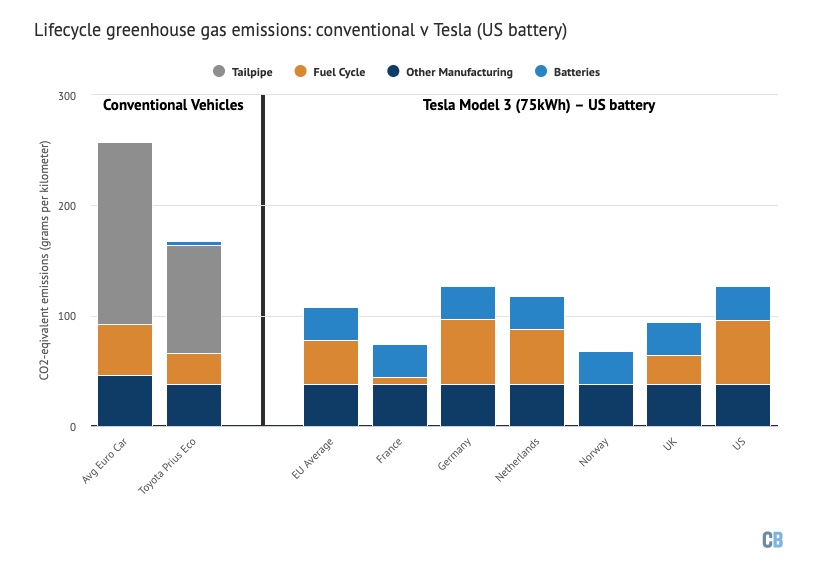
Lifecycle Display of Greenhouse Gas emissions
Let us take an example of an EV and petrol car, both car’s impact of pollution is compared after driving 1.5 Lakh Km in Europe with an ICE car and Tesla Model 3
This is a comparison of lifecycle production of greenhouse gases produced by an EV and a conventional car, projecting how efficient an EV car is in its lifetime when compared to a traditional fuel guzzler car.
In this table it is clearly evident that a Tesla Model 3 running with a fully developed car will only produce 108g of CO2 emissions per km, which is 58% less than a normal car. This just proves how efficient and sustainable EV cars are.
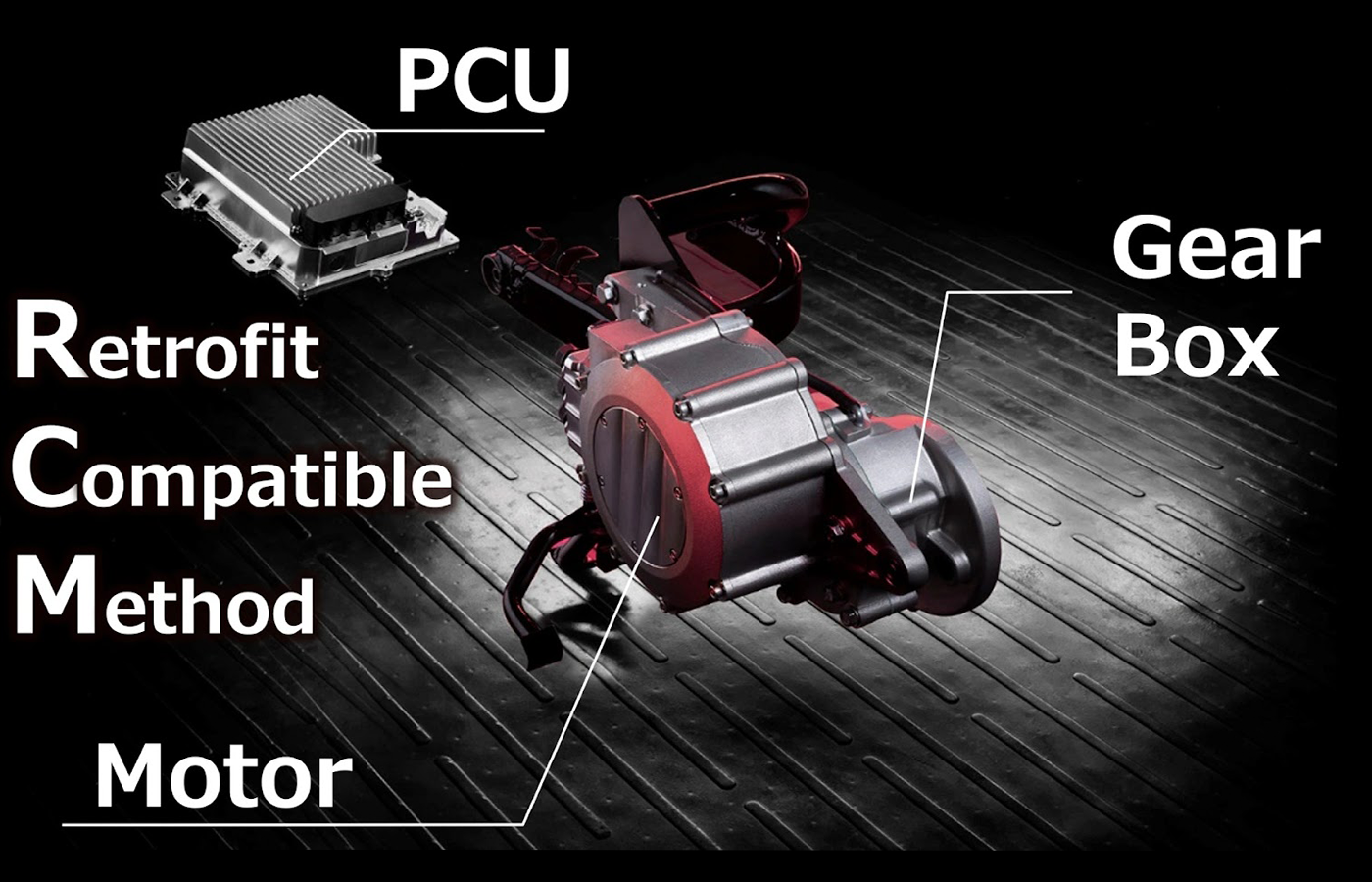
.webp)

